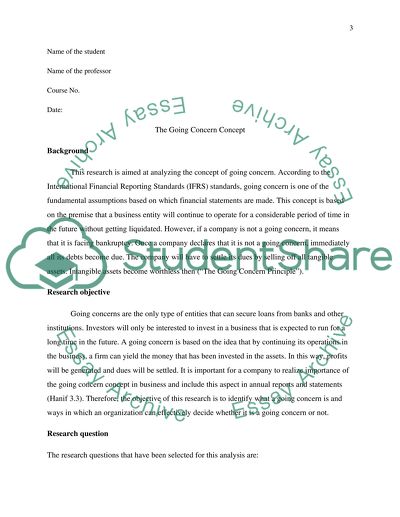Cite this document
(“Entity's ability to continue as an going concern Research Paper”, n.d.)
Entity's ability to continue as an going concern Research Paper. Retrieved from https://studentshare.org/finance-accounting/1634073-entitys-ability-to-continue-as-an-going-concern
Entity's ability to continue as an going concern Research Paper. Retrieved from https://studentshare.org/finance-accounting/1634073-entitys-ability-to-continue-as-an-going-concern
(Entity'S Ability to Continue As an Going Concern Research Paper)
Entity'S Ability to Continue As an Going Concern Research Paper. https://studentshare.org/finance-accounting/1634073-entitys-ability-to-continue-as-an-going-concern.
Entity'S Ability to Continue As an Going Concern Research Paper. https://studentshare.org/finance-accounting/1634073-entitys-ability-to-continue-as-an-going-concern.
“Entity'S Ability to Continue As an Going Concern Research Paper”, n.d. https://studentshare.org/finance-accounting/1634073-entitys-ability-to-continue-as-an-going-concern.


